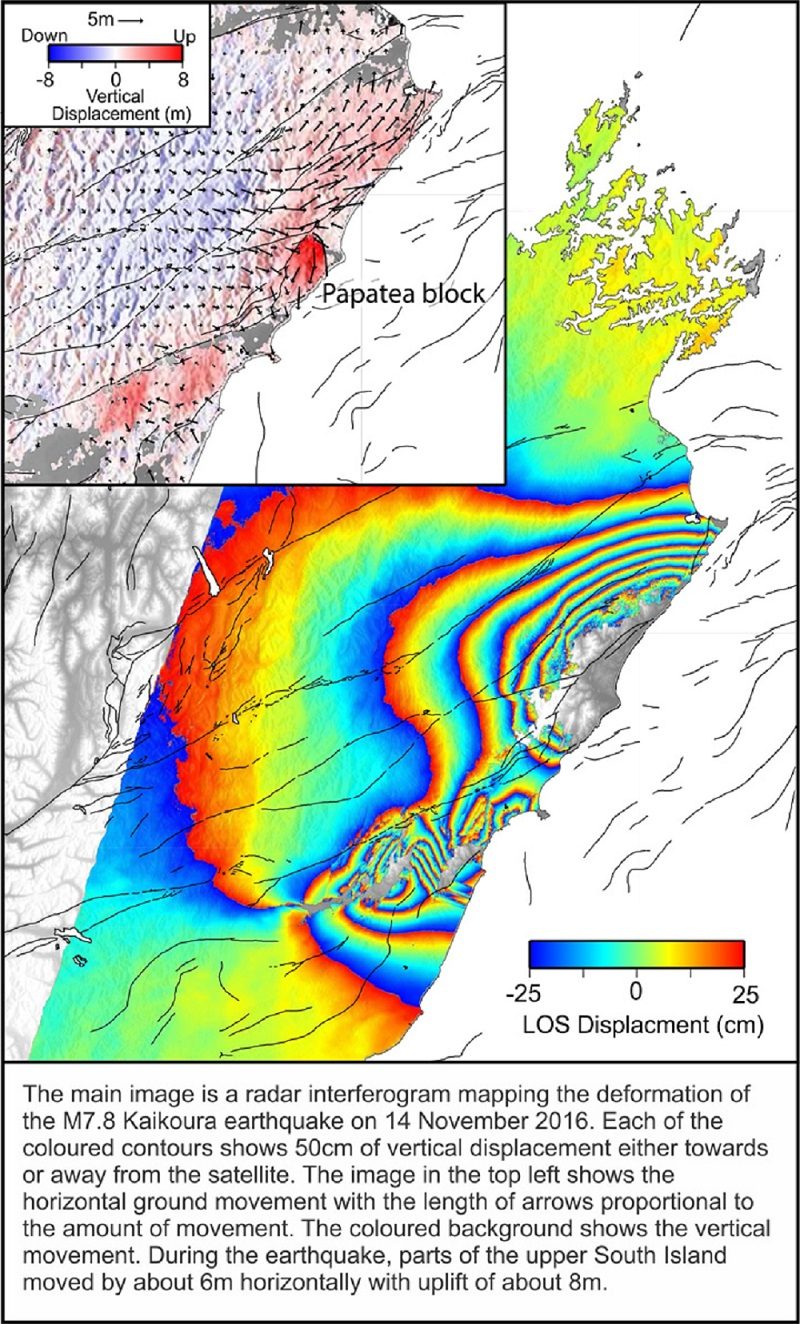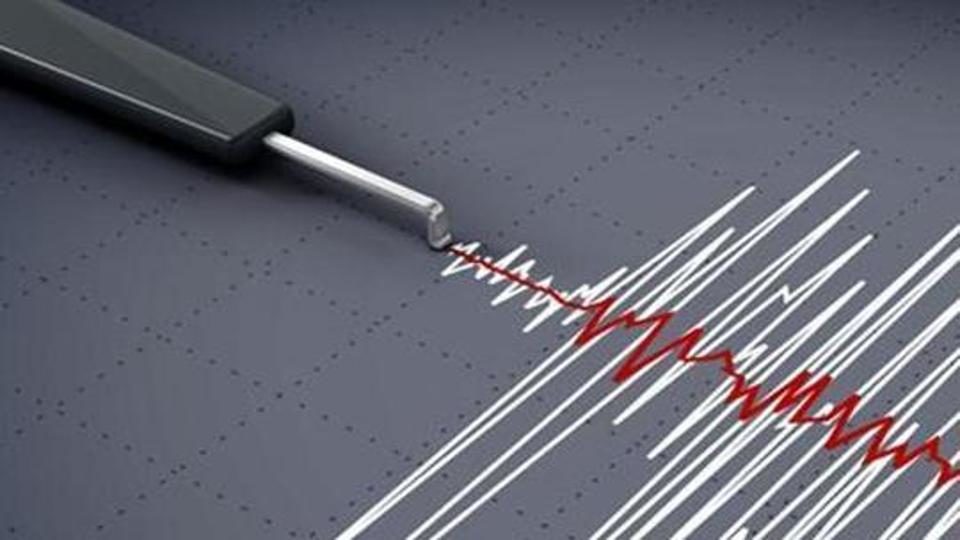
© GNS New Zealand
Last November's magnitude 7.8
Kaikoura earthquake was so complex and unusual that it is likely to lead to changes in the way scientists think about earthquake hazards in plate boundary zones worldwide, a new study says.
Not only was it a record-setter for its complexity, but it was also one of the best recorded large earthquakes anywhere in the world. This latter feature has enabled scientists to undertake analysis in an unprecedented level of detail.
The paper is the first of a number of studies to be published on the rich array of data collected during and immediately after the earthquake revealing its astonishingly complex nature.
Published today in the journal
Science, the paper is titled 'Complex multi-fault rupture during the 2016 M7.8 Kaikoura earthquake, New Zealand'. Led by GNS Science and with 29 co-authors from 11 national and international institutes, it reports on the analysis of a range of quake data including satellite radar imagery, field observations, GPS data and coastal uplift data.
The authors say the quake has underlined the importance of re-evaluating how rupture scenarios are defined for seismic hazard models in plate boundary zones worldwide.
The study shows the quake moved parts of the South Island more than 5 metres closer to the North Island in addition to being uplifted by up to 8m.


Comment: Almost 9,000 suffer from 5.1 magnitude earthquake in Yunnan, China